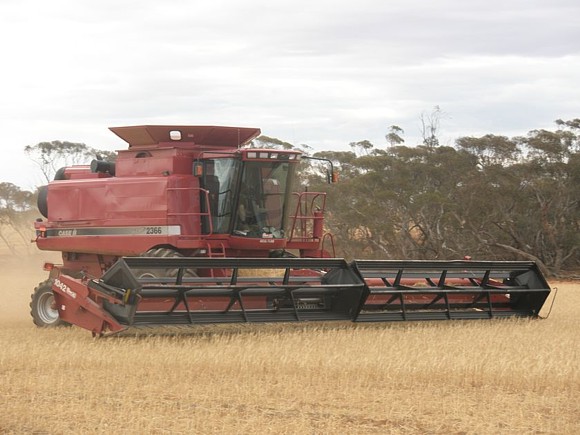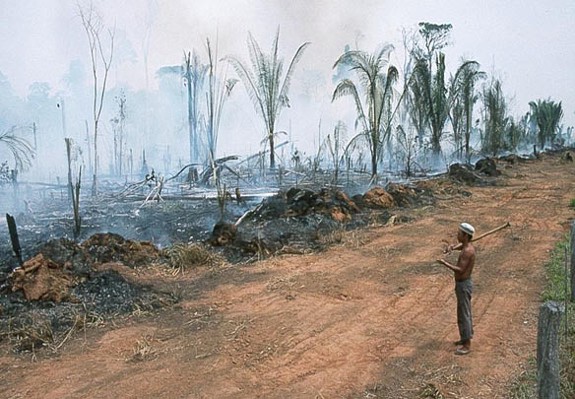Global Warming’s Double Whammy: Reducing World Crop Yields and Increasing Food Prices
 May 6, 2011
May 6, 2011  Kyriaki (Sandy) Venetis
Kyriaki (Sandy) Venetis While many people still refuse to believe that global warming is real, the evidence for it continues to slowly grow, bringing frightening consequences – massive food shortages around the world, and skyrocketing prices for what food there is.
 Stock photo.
Stock photo.
This is especially true for staple crops, like wheat and corn. For most major agricultural countries, rising temperatures have had a damaging effected crop yields, resulting in below normal levels, especially of wheat and corn, said a new study by Stanford University.
David Lobell, the lead author of the study and an assistant professor of environmental Earth science at Stanford, said that he and his colleagues examined the temperature and rainfall records of major crop-growing countries over the last 30 years and did a comparative analysis of their crop yields.
The researchers found that global wheat production was 5.5 percent lower than what it would have been had climate remained stable. They also found that global corn production was lower by almost four percent.
Russia, India, and France suffered the greatest drops in wheat production relative to what they might have had without global warming. The largest comparative losses in corn production were seen in China and Brazil.
“Yields in most countries are still going up, but not as fast as we estimate they would be without [these] climate trends,” Mr. Lobell told the Stanford Report.


